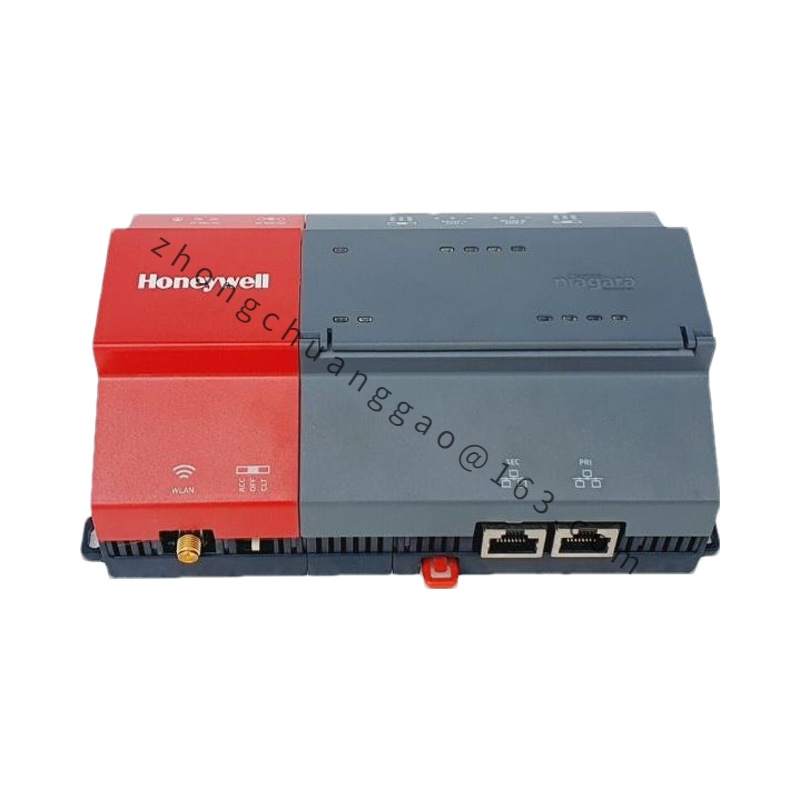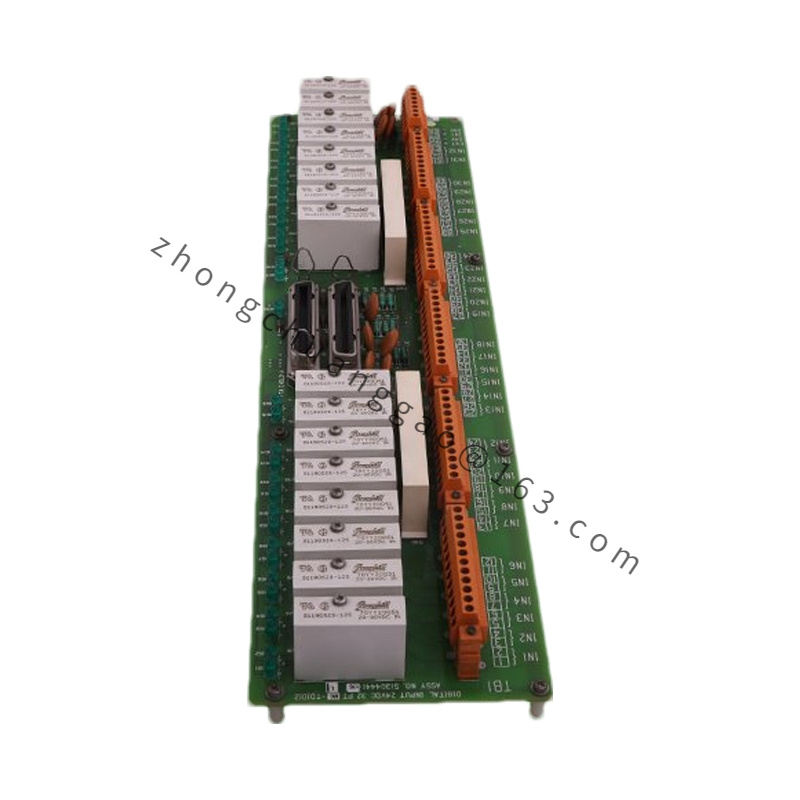Detailed content
Technical Specifications:
- Type: Motorized Zone Damper Actuator
- Model Number: MS8120A1205
- Function: Controls the position of dampers in HVAC systems to regulate airflow and temperature within different zones.
- Power Supply: Typically operates on 24V AC or DC (confirm specific power requirements in the datasheet).
- Actuator Type: Direct-coupled, with motorized control for precise damper positioning.
- Torque Rating: Usually provides adequate torque to operate various damper sizes and types (specific torque rating should be verified in the datasheet).
- Stroke Length: Designed for standard damper sizes; specific stroke lengths and actuator throw should be checked in the datasheet.
- Temperature Range: Generally operates within a temperature range of -30°C to 50°C (-22°F to 122°F).
- Mounting: Designed for easy mounting on standard damper shafts; installation details should be referenced from the datasheet.
Features:
- Reliable Operation: Ensures accurate and reliable control of damper positions to maintain desired airflow and temperature.
- Quiet Performance: Operates quietly to avoid disruptions in HVAC system performance.
- Manual Override: Often includes a manual override feature for ease of operation during maintenance or in case of power failure.
- Adjustable Settings: May offer adjustable settings for stroke length and other operational parameters, allowing customization based on system requirements.
- Durable Construction: Built to withstand industrial environments with rugged materials and design for long-term operation.
Applications:
- HVAC Systems: Primarily used in heating, ventilation, and air conditioning systems to control the airflow within different zones.
- Building Automation: Integrates into building management systems to manage and optimize climate control in commercial and residential buildings.
- Energy Efficiency: Contributes to energy efficiency by regulating airflow and temperature, thereby reducing energy consumption and improving comfort.

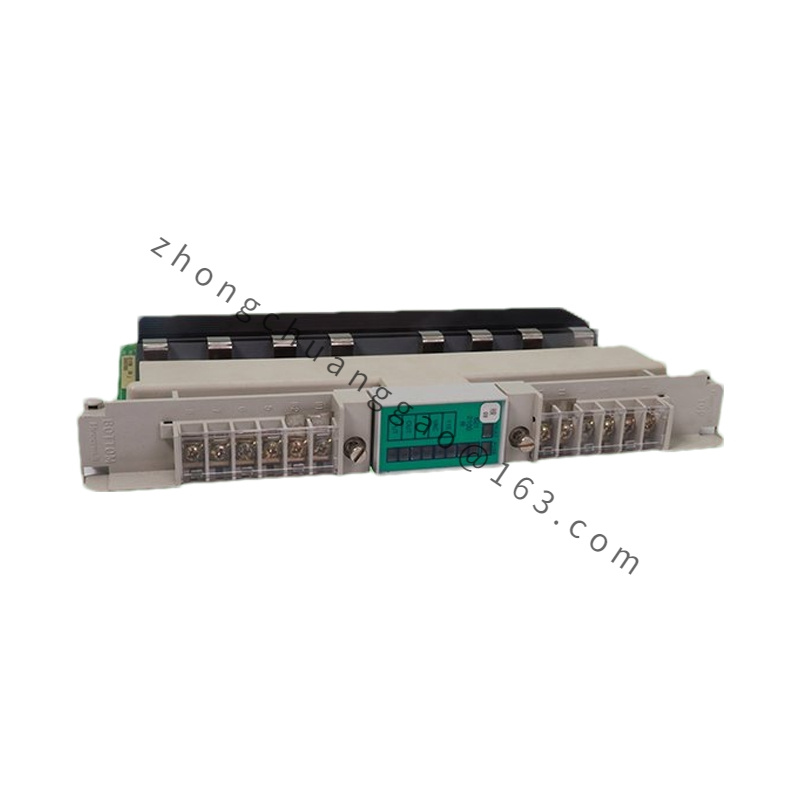
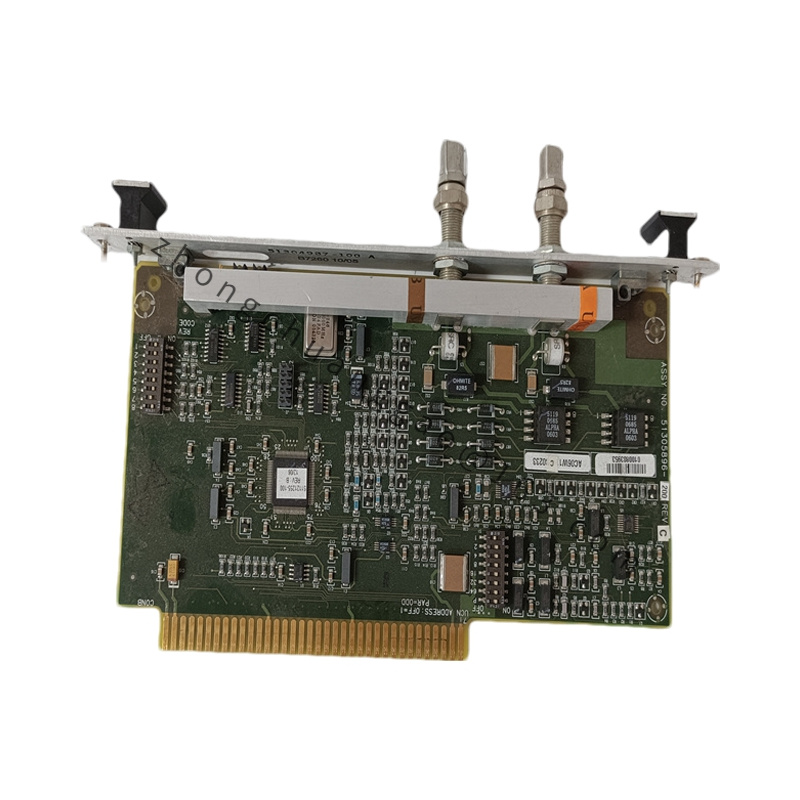

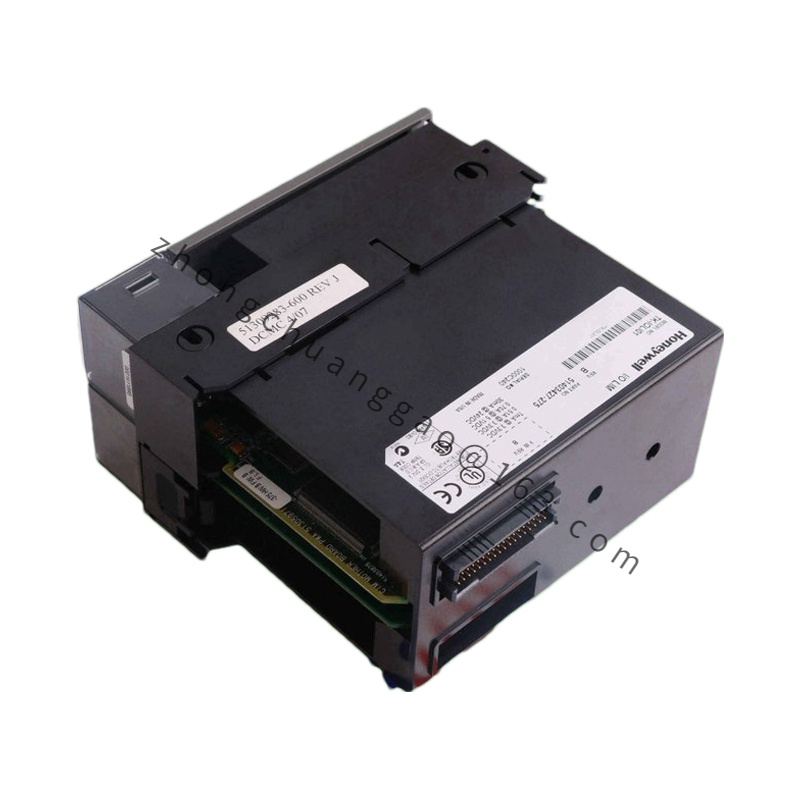
.jpg)
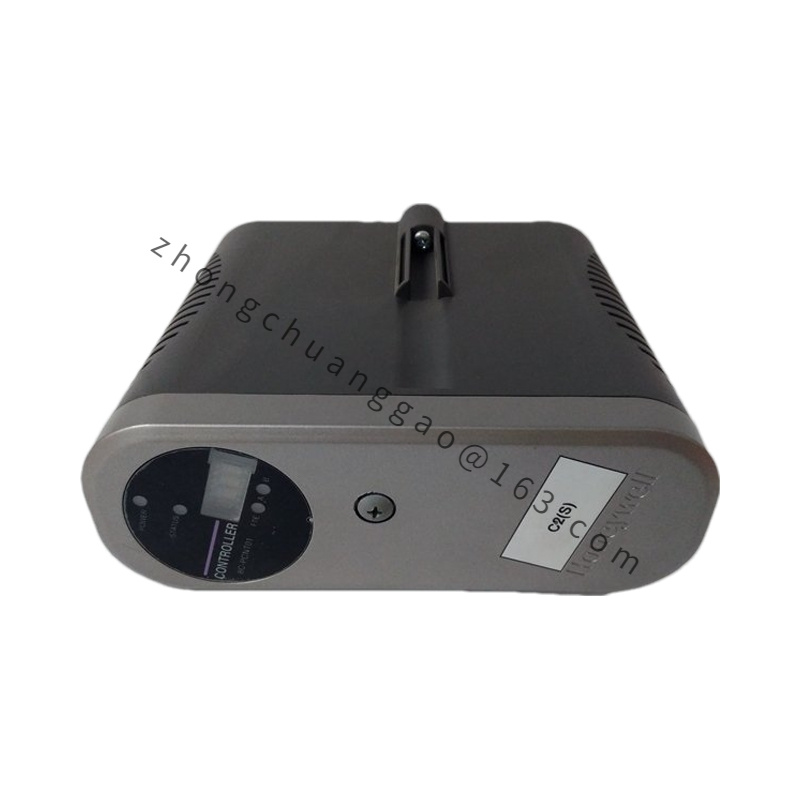
.jpg)

.jpg)
.jpg)
